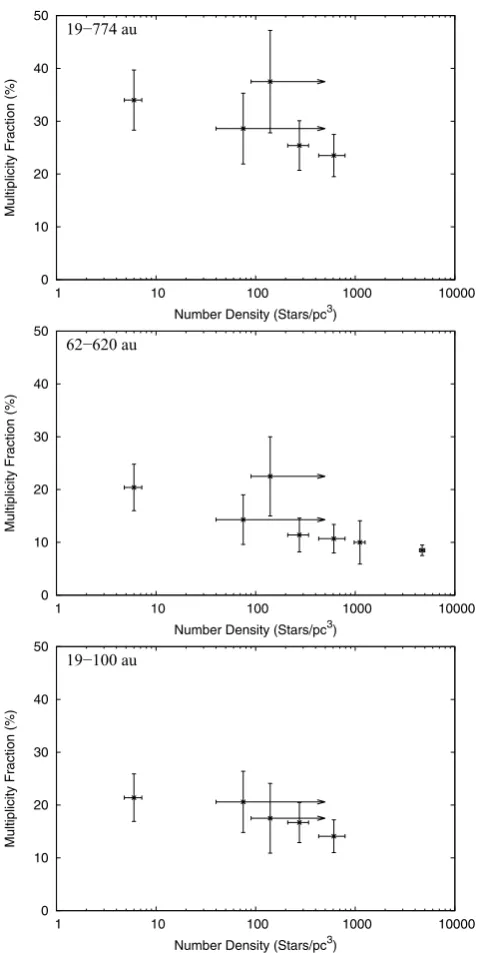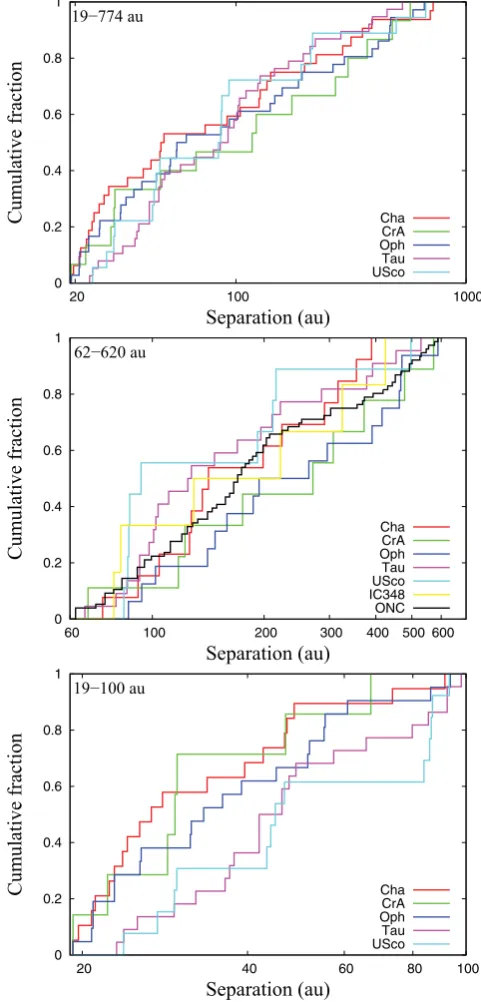Testing the universality of star formation - II. Comparing separation distributions of nearby star-forming regions and the field
Full text
Figure




Related documents
The argument centres on forms of critical spatial practice in European contexts of austerity urbanism, drawing on urban design interventions which are set against the
Conclusively, the putative PDZ binding domain had no impact on the native folding pathway of parkin; two major functions of parkin, neuroprotective activity and
The title, language, tone, multiple points of view, and characters, all form a postcolonial frame and setting to the whole novel which highlights the problems of racism and
Business Sense to Be Successful Tech Choices Loom Large on MDM, Despite Process Focus MDM, Big Data Courtship Heading Toward Marriage 2 PROJECT
To safely carry out all cleaning and rou- tine maintenance operations, follow these rules. - do not touch the machine with moist or wet hands or feet. - never operate the machine
Using data on the timing of agricultural decisions, we find that the effects of insurance provision on production decisions occur ex ante, prior to the end of
Identifying shocks to US manufacturing — our measure of trad- ables — we …nd that productivity gains have substantial aggregate demand e¤ects, boosting US consumption and
However, without HVS- I sequences from said populations it remains unclear which of the following haplogroups and their respective subhaplogroups A1, A2 (A2a, A2b1), D1, D2
